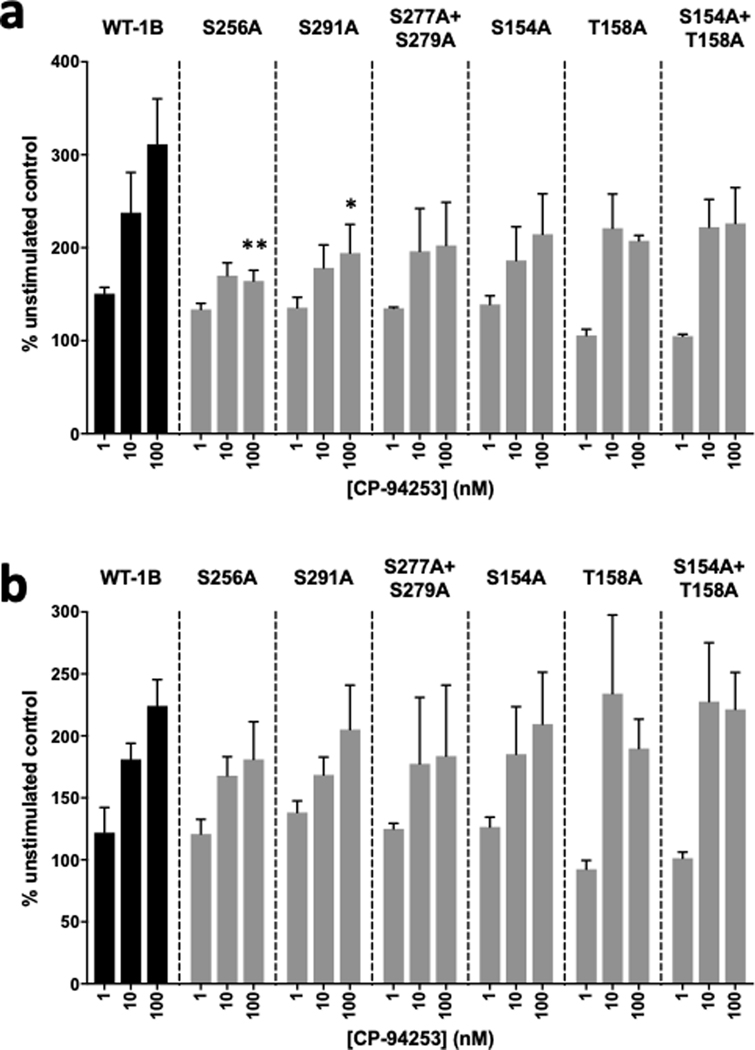Figure 4. Mutations of 5-HT1B phosphorylation sites alter phospho-ERK1/2 responses to CP-94253.
CP-94253 (1–100 nM) produced dose-dependent increases in (a) ERK1 phosphorylation and (b) ERK2 phosphorylation in N2A cells expressing wild-type HA-5-HT1B receptors (WT-1B) compared to unstimulated N2A-1B control cells treated with vehicle (PBS). (a) At 100 nM of CP-94263, phospho-ERK1 levels were significantly decreased in cells expressing the S256A and S291A mutant receptors (S256A mutant p = 0.005; S291A mutant p = 0.033; S277A+S279A mutant p = 0.054; S154A mutant p = 0.104; T158A mutant p = 0.071; S154A+T158A mutant p = 0.184) compared to WT-1B cells. (b) Phospho-ERK2 levels were not significantly different between WT-1B and mutant cell lines with 100 nM of CP-94263 (S256A mutant p = 0.845; S291A mutant p = 0.996; S277A+S279A mutant p = 0.876; S154A mutant p = 0.999; T158A mutant p = 0.935; S154A+T158A mutant p > 0.999). Data are expressed as the percent change in pERK signal compared to the no agonist control from each independent biological replicate. Error bars represent SEM and data are averages of 3 independent biological replicates for each receptor (two-way ANOVA with Dunnett’s post-hoc tests; **p < 0.01, *p < 0.05).

